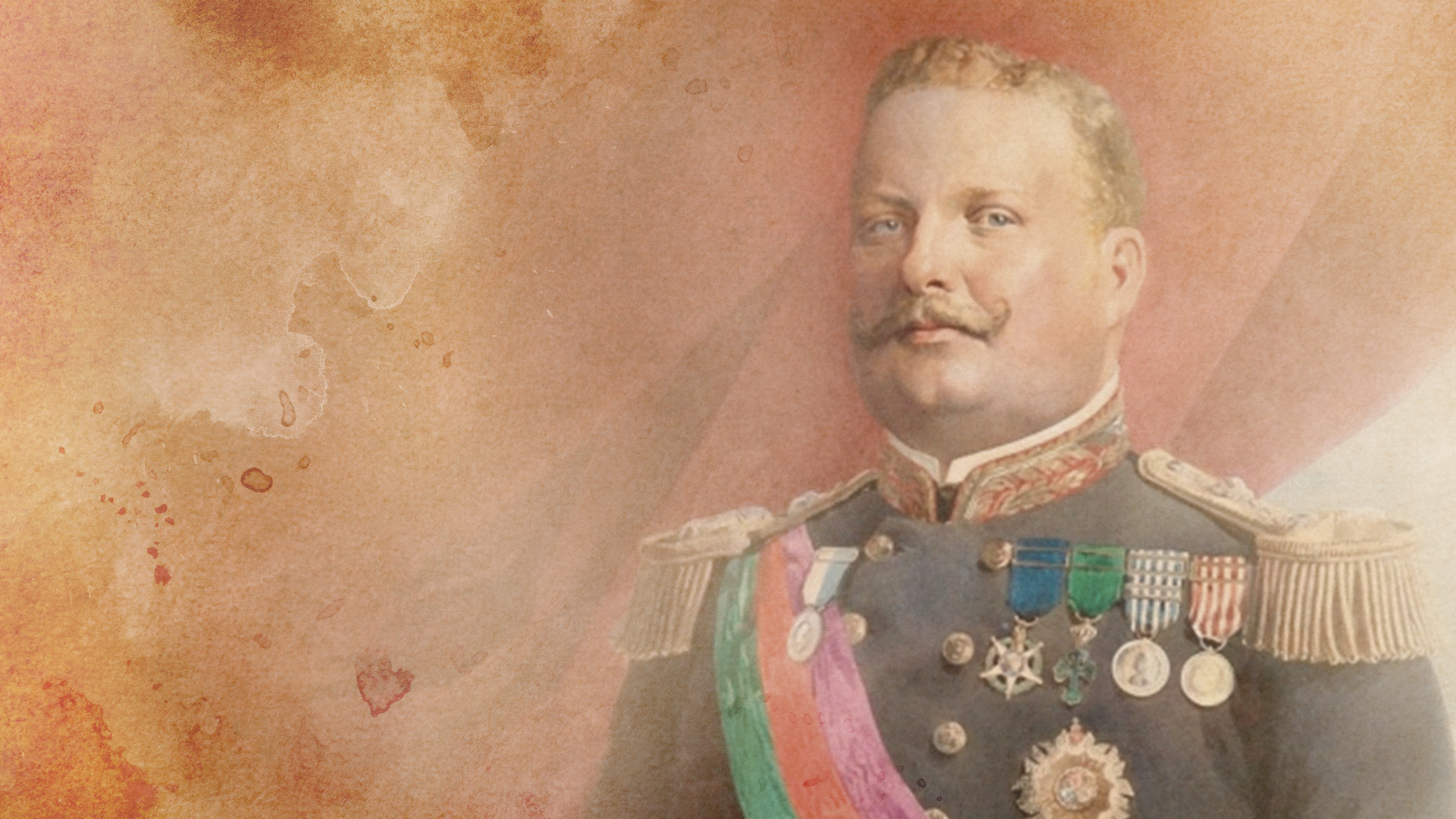King Charles I was the penultimate King of Portugal, having reigned between 1889 and 1908, the year he was assassinated, together with the crown prince, Luís Filipe. Known as the Diplomat or Martyr, he revealed a strong aptitude for the arts, namely the sea, and is recognised as the father of Oceanography in Portugal.
Oceanography, considered the science of the sea, is an aggregation of scientific knowledge involving biological sciences, physics, chemistry and earth sciences, which aims at understanding the behaviour of the oceans and marine animal and plant life.
Having been in contact with the sea and with fishermen during his childhood and youth, he was fascinated by the “abyssal bottom” of the oceans, as he saw it portrayed in Jules Verne’s “20 Thousand Leagues Under the Sea”, his favourite book.
Influenced by a growing interest in the study of the sea, he was inspired by Prince Albert of Monaco, a monarch devoted to science, with whom he became friends and who influenced his claim to scientifically explore the sea off the Portuguese coast, promoting various prospection and exploration campaigns.
Committed to divulging the results of his oceanographic campaigns, King Charles I promoted the publication of books and the holding of exhibitions where he presented the results obtained in his campaigns, including zoological specimens and photographs which illustrated the work of collecting species, as well as the species captured at sea. Instruments used in the collection of biological specimens, in soundings and in meteorological determinations were also exhibited.
The collection that King Charles I collected during his 12 oceanographic campaigns can be found in the Vasco da Gama Aquarium, founded by the monarch on 20th May 1898, in Oeiras.
King Charles I – The Oceanographer King
